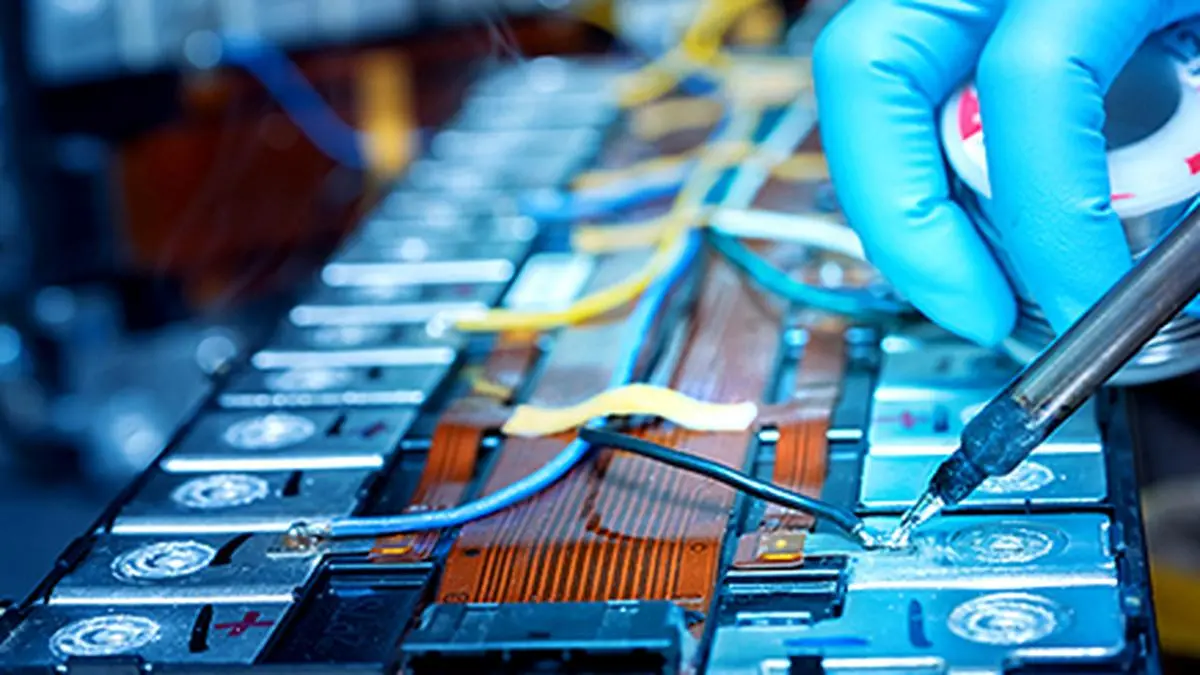AI's Silent Engine: Why Robust Infrastructure is Your Key to Success

Artificial intelligence (AI) is rapidly transforming industries, promising unprecedented efficiency, innovation, and competitive advantage. However, the hype often overshadows a critical, often overlooked element: the underlying infrastructure. Simply put, AI doesn't run on wishes and dreams; it requires a powerful, reliable, and scalable foundation. Failing to invest in this foundation could leave your company struggling to keep pace, no matter how brilliant your AI strategy.
The Foundation of AI: More Than Just Chips
When we talk about AI infrastructure, it's easy to focus solely on the hardware – specifically, the specialized chips like GPUs and TPUs that power AI workloads. These are undeniably crucial. Modern AI models, particularly deep learning models, demand immense computational power. But the story doesn't end there. A robust AI infrastructure encompasses a far broader range of components:
- High-Performance Computing (HPC): The core processing power, often involving clusters of powerful servers.
- Data Storage & Management: AI thrives on data. You need massive, fast, and accessible storage solutions to train and deploy models effectively. This includes data lakes, data warehouses, and efficient data pipelines.
- Networking: Rapid data transfer between components is essential. Low-latency, high-bandwidth networks are a must.
- Cooling Systems: Those powerful chips generate a *lot* of heat. Sophisticated cooling solutions are vital to prevent overheating and ensure reliable performance. We're talking liquid cooling and advanced thermal management.
- Software & Tools: The right software frameworks (TensorFlow, PyTorch), libraries, and development tools are necessary to build, train, and deploy AI models.
The Risks of an Underprepared Infrastructure
What happens when your infrastructure can't handle the demands of AI? The consequences can be significant:
- Slow Development Cycles: Training complex models can take days or even weeks on inadequate hardware.
- Limited Scalability: You can't easily handle increased workloads or new AI applications.
- High Costs: Inefficient infrastructure leads to wasted resources and higher operational expenses.
- Poor Performance: Models may run slowly or inaccurately, undermining their value.
- Competitive Disadvantage: Companies with superior AI infrastructure will outperform those who lag behind.
Building a Future-Proof AI Infrastructure
So, how can you ensure your infrastructure is ready for the AI revolution? Here are some key considerations:
- Cloud Adoption: Cloud providers offer on-demand access to vast resources, making it easier to scale your infrastructure as needed.
- Edge Computing: Processing data closer to the source (e.g., on IoT devices) can reduce latency and bandwidth requirements.
- Specialized Hardware: Evaluate the need for GPUs, TPUs, or other specialized chips based on your specific AI workloads.
- Automation & Orchestration: Automate infrastructure provisioning and management to improve efficiency and reduce errors.
- Continuous Monitoring: Monitor your infrastructure's performance to identify bottlenecks and optimize resource allocation.
Conclusion: Invest in the Foundation
AI is more than just algorithms and data; it's a complex ecosystem that requires a solid infrastructure foundation. Don't let a lack of investment in this critical area derail your AI ambitions. By prioritising infrastructure, you'll unlock the true potential of AI and position your company for long-term success in the age of intelligent machines. Ignoring this fundamental aspect is a gamble you simply can't afford to take. The future belongs to those who build – and maintain – the infrastructure that powers AI.




